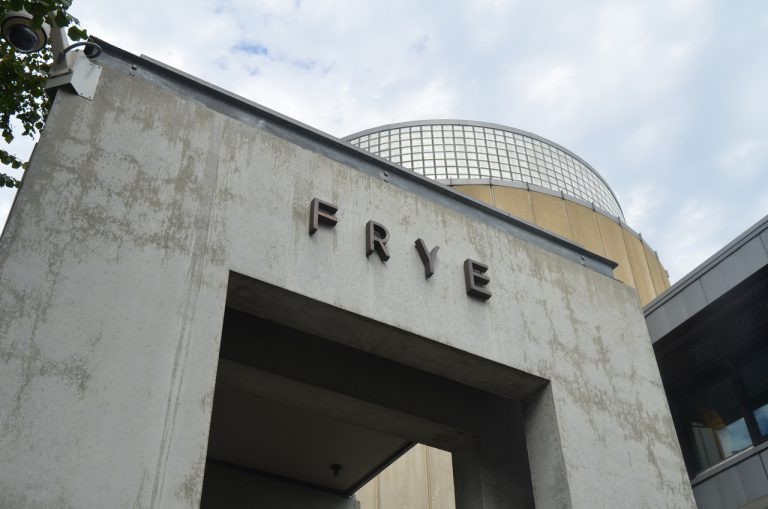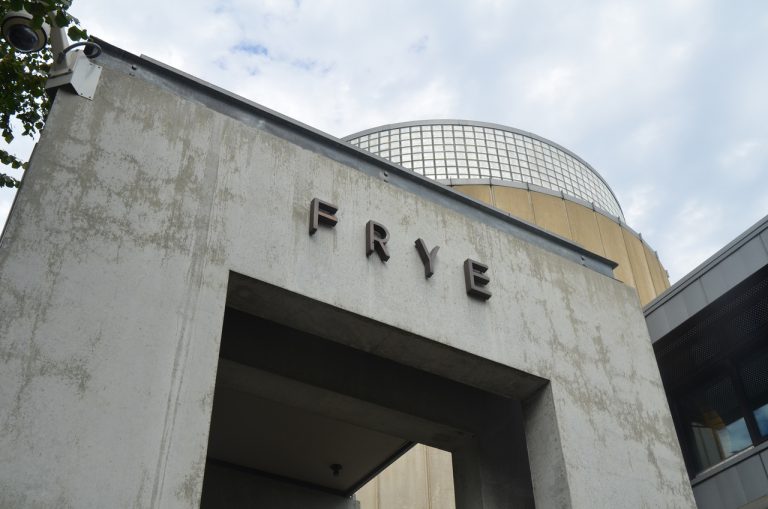[ad_1]

The Frye Art Museum.
COURTESY FRYE ART MUSEUM
With art workers banding together at institutions across North America to call attention to labor policies—including those at the New Museum, MoMA PS1, and the Vancouver Art Gallery—employees in the security department of the Frye Art Museum in Seattle have formed a union.
The bargaining unit for the new Art Workers Union alleges that pay rates for security guards at the museum are too low to equitably meet standards of living in Seattle, which is often considered one of the most expensive cities in America.
“I don’t think any of us have the ability to live on our own in Seattle,” John Edens, a security services officer at the Frye, told ARTnews. “When I started at the Frye, I was making $14 an hour”—a rate below that of similar positions at comparable art institutions in the city, he said. “It was not enough.”
Benefits have been another source of contention. “They could afford to give us benefits—they’re not going to go bankrupt giving us bus passes,” Caitlin Lee, a Frye security guard, said. “We’re asking for pretty basic necessities.”
Eleven of 12 security guards at the museum have so far joined the union, which formed last week, as first reported by the Seattle-based Stranger. The members have worked with a Seattle branch of the Democratic Socialists of America to help advocate for their cause. The bargaining unit said they have received little response to their demands from the museum, and that they are now calling on the institution to voluntarily recognize the union. The National Labor Relations board is giving the Frye until 12 p.m. on Friday to choose how it will respond.
A Frye spokesperson said in a statement, “The Museum celebrates the extraordinary talents and contributions of our entire staff and recognizes the important role they each play. … We look forward to continuing this important discussion.”
In the wake of various actions, last week, an online document began circulating in which museum workers at numerous institutions in the U.S. and beyond have taken to disclosing their salaries, in an attempt to provide more transparency for an often secretive industry.
“A lot of these museums have spent millions of dollars on projects while claiming they don’t have the money to support their most essential staff—the staff that keeps the institutions running on a day-to-day basis,” Edens said. “A lot of museum workers have gotten really tired of the excuse that the place they’re dedicating themselves to simply can’t afford them.”
[ad_2]
Source link

